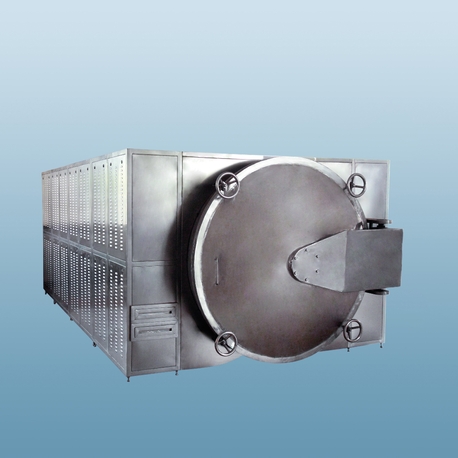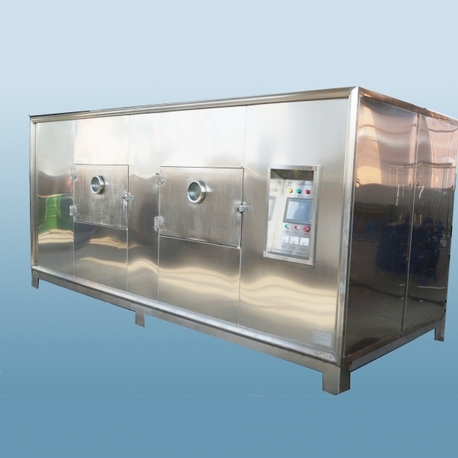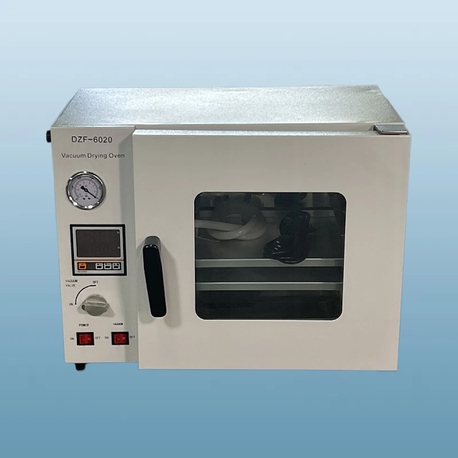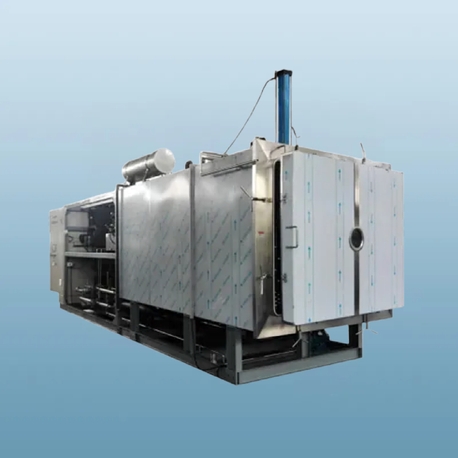In today's competitive food processing industry, efficiency and sustainability are paramount. One piece of equipment that consistently delivers on both fronts is the vegetable dehydrator. Whether you're in large-scale agriculture, snack manufacturing, or supply chain logistics, understanding how a vegetable dehydrator can transform operations is crucial. This article delves into the core aspects of industrial vegetable dehydrators, providing actionable insights for businesses looking to optimize their dehydration processes. From technological advancements to practical benefits, we'll explore why this tool is a game-changer in commercial settings. By the end, you'll have a comprehensive view of how a vegetable dehydrator can enhance productivity, reduce waste, and drive profitability in your operations.
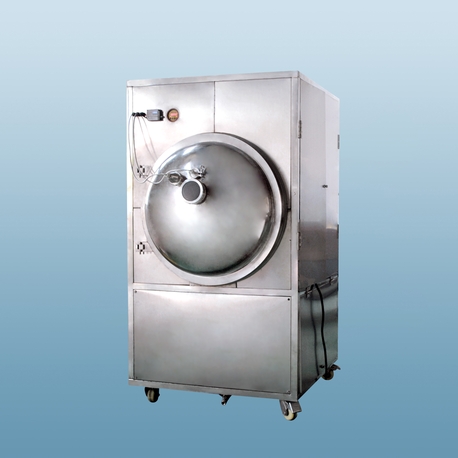
What is a Vegetable Dehydrator and Its Role in Industrial Settings?
A vegetable dehydrator is a specialized machine designed to remove moisture from vegetables through controlled heating and airflow, extending shelf life and preserving nutritional value. In industrial contexts, these devices are far more advanced than household models, capable of handling large volumes with precision. Typically, an industrial vegetable dehydrator operates using methods like hot air drying, vacuum drying, or freeze-drying, depending on the application. For instance, in the food manufacturing sector, a vegetable dehydrator is used to produce dried ingredients for soups, snacks, and ready-to-eat meals. The importance of a vegetable dehydrator in reducing post-harvest losses cannot be overstated—it helps businesses minimize waste, comply with food safety regulations, and meet the growing demand for preserved foods. Moreover, with global supply chains becoming more complex, a reliable vegetable dehydrator ensures consistent quality, making it a cornerstone of modern food processing facilities.
How Vegetable Dehydrators Work: The Science Behind the Process
The operation of a vegetable dehydrator revolves around principles of heat and mass transfer. In industrial setups, a vegetable dehydrator typically uses a combination of fans, heaters, and sensors to maintain optimal conditions. For example, in a convection-based vegetable dehydrator, hot air is circulated evenly across vegetable trays, evaporating moisture while preserving enzymes and nutrients. The process begins with loading washed and sliced vegetables into the machine, where temperatures are set between 40°C to 70°C, depending on the vegetable type. Advanced models incorporate humidity controls and automated timers to prevent over-drying. This precision ensures that each batch from a vegetable dehydrator meets industry standards for texture and flavor. In commercial applications, a vegetable dehydrator might integrate with other equipment, such as conveyors or packaging systems, streamlining the entire production line. By understanding these mechanics, businesses can optimize their use of a vegetable dehydrator to achieve higher yields and better product consistency.
Key Benefits of Using Vegetable Dehydrators in Commercial Operations
Investing in a high-quality vegetable dehydrator offers numerous advantages for industrial users. First, it significantly extends the shelf life of vegetables, reducing spoilage and storage costs. For instance, a vegetable dehydrator can turn perishable produce into stable, lightweight products that are easier to transport and store. Second, a vegetable dehydrator enhances food safety by inhibiting microbial growth, which is critical in meeting international standards like HACCP and ISO. Third, it supports sustainability efforts—by dehydrating vegetables, companies can reduce their carbon footprint associated with refrigeration and transportation. Additionally, a vegetable dehydrator allows for product diversification; businesses can create value-added items like vegetable powders or chips, tapping into new markets. Financially, the ROI on a vegetable dehydrator is compelling, as it lowers operational costs and increases profitability through efficient resource use. In summary, a vegetable dehydrator is not just a tool for preservation but a strategic asset for growth.
Types of Industrial Vegetable Dehydrators and Their Applications
Industrial vegetable dehydrators come in various designs, each suited to specific needs. The most common types include tray dehydrators, belt dehydrators, and vacuum dehydrators. A tray vegetable dehydrator is ideal for small to medium batches, offering flexibility for different vegetable sizes. In contrast, a belt vegetable dehydrator is designed for continuous operation, making it perfect for high-volume processing in facilities like large-scale farms or food plants. Vacuum-based vegetable dehydrators use low pressure to dry vegetables at lower temperatures, preserving heat-sensitive nutrients—this is often used for premium products like organic snacks. Another variant is the solar vegetable dehydrator, which leverages renewable energy for eco-friendly operations, though it's less common in industrial settings due to weather dependencies. When selecting a vegetable dehydrator, factors like capacity, energy efficiency, and compliance with industry regulations (e.g., FDA or EU standards) must be considered. For example, a vegetable dehydrator used in pharmaceutical or nutraceutical industries might require additional certifications. By matching the type to the application, businesses can maximize the efficiency of their vegetable dehydrator.
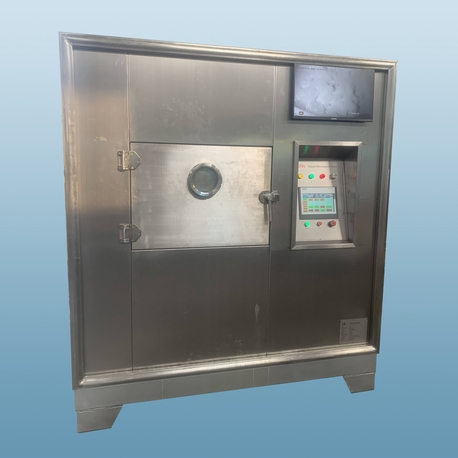
How to Choose the Right Vegetable Dehydrator for Your Business
Selecting an appropriate vegetable dehydrator involves evaluating several factors to ensure it aligns with your operational goals. Start by assessing capacity requirements—how much vegetable volume you need to process daily. A vegetable dehydrator with scalable features might be necessary for growing businesses. Next, consider energy efficiency; look for models with insulation and heat recovery systems to cut costs. The material of construction is also vital; stainless steel vegetable dehydrators are preferred for their durability and ease of cleaning, which is essential for hygiene. Additionally, check for automation features, such as programmable controls in a vegetable dehydrator, which reduce labor and human error. It's also wise to review the supplier's reputation and after-sales support, as maintenance can impact longevity. For instance, in international markets, a vegetable dehydrator from a reputable manufacturer might come with global service networks. Finally, conduct trials to test the vegetable dehydrator with your specific vegetables, ensuring it meets quality benchmarks. This proactive approach helps in investing in a vegetable dehydrator that delivers long-term value.
Maintenance and Safety Tips for Industrial Vegetable Dehydrators
Proper maintenance of a vegetable dehydrator is crucial for sustained performance and safety. Regular cleaning is the first step; residue buildup can affect efficiency and pose contamination risks. For example, industrial vegetable dehydrators should be sanitized after each cycle using food-safe cleaners. Lubricating moving parts, like fans and belts, prevents wear and tear. It's also important to inspect electrical components and sensors periodically to avoid malfunctions. Safety-wise, a vegetable dehydrator must be operated in well-ventilated areas to prevent overheating, and staff should be trained on emergency protocols. Many modern vegetable dehydrators include safety features like automatic shut-offs, but routine checks are still necessary. Additionally, keeping a log for each vegetable dehydrator helps track usage and identify issues early. By adhering to these practices, businesses can extend the lifespan of their vegetable dehydrator and ensure compliance with occupational safety standards, such as OSHA guidelines.
Future Trends in Vegetable Dehydration Technology
The evolution of vegetable dehydrators is driven by innovation and industry demands. Emerging trends include smart vegetable dehydrators equipped with IoT sensors for real-time monitoring and data analytics. These systems optimize drying cycles based on vegetable type, reducing energy consumption. Another trend is the integration of AI in vegetable dehydrators, which can predict maintenance needs and adjust parameters automatically. Sustainability is also a focus, with research into energy-efficient designs, such as heat pump-based vegetable dehydrators that recycle thermal energy. In the commercial sphere, there's a push for modular vegetable dehydrators that allow customization for different products. As global food security concerns rise, the role of a vegetable dehydrator in reducing waste will only grow, making it a key player in circular economy models. By staying updated on these trends, businesses can future-proof their investments in vegetable dehydrator technology.
A vegetable dehydrator is more than just a drying machine—it's a versatile tool that enhances efficiency, safety, and sustainability in industrial operations. From understanding its basic functions to selecting the right model and maintaining it properly, each aspect of a vegetable dehydrator contributes to better business outcomes. As technology advances, the capabilities of a vegetable dehydrator will continue to expand, offering even greater benefits. If you're in the food processing or agricultural sector, investing in a reliable vegetable dehydrator could be a strategic move toward growth and innovation. Evaluate your needs, explore the options, and harness the power of a vegetable dehydrator to transform your production processes.
Frequently Asked Questions (FAQs)
Q1: What is the average energy consumption of an industrial vegetable dehydrator?
A1: The energy consumption of an industrial vegetable dehydrator varies based on size and technology, but typically ranges from 10 to 50 kWh per batch. High-efficiency models with heat recovery systems can reduce this by up to 30%, making them cost-effective for long-term use.
Q2: How long does it take to dehydrate vegetables in a commercial vegetable dehydrator?
A2: Dehydration time in a commercial vegetable dehydrator depends on factors like vegetable type, thickness, and machine settings. Generally, it takes 4 to 12 hours, with leafy vegetables drying faster than dense ones like carrots or potatoes.
Q3: Can a vegetable dehydrator handle organic or sensitive vegetables without nutrient loss?
A3: Yes, many modern vegetable dehydrators use low-temperature or vacuum drying methods to preserve nutrients in organic vegetables. It's important to choose a vegetable dehydrator with precise temperature controls to minimize degradation of vitamins and enzymes.
Q4: What maintenance schedule is recommended for an industrial vegetable dehydrator?
A4: For an industrial vegetable dehydrator, daily cleaning after use and weekly inspections of components like fans and heaters are advised. A full service every 6-12 months by a professional ensures optimal performance and safety.
Q5: Are there specific safety standards for operating a vegetable dehydrator in industrial environments?
A5: Yes, industrial vegetable dehydrators must comply with standards such as ISO 9001 for quality management and local safety regulations like CE or UL listings. Operators should follow manufacturer guidelines and provide training to prevent accidents related to heat or electrical hazards.


